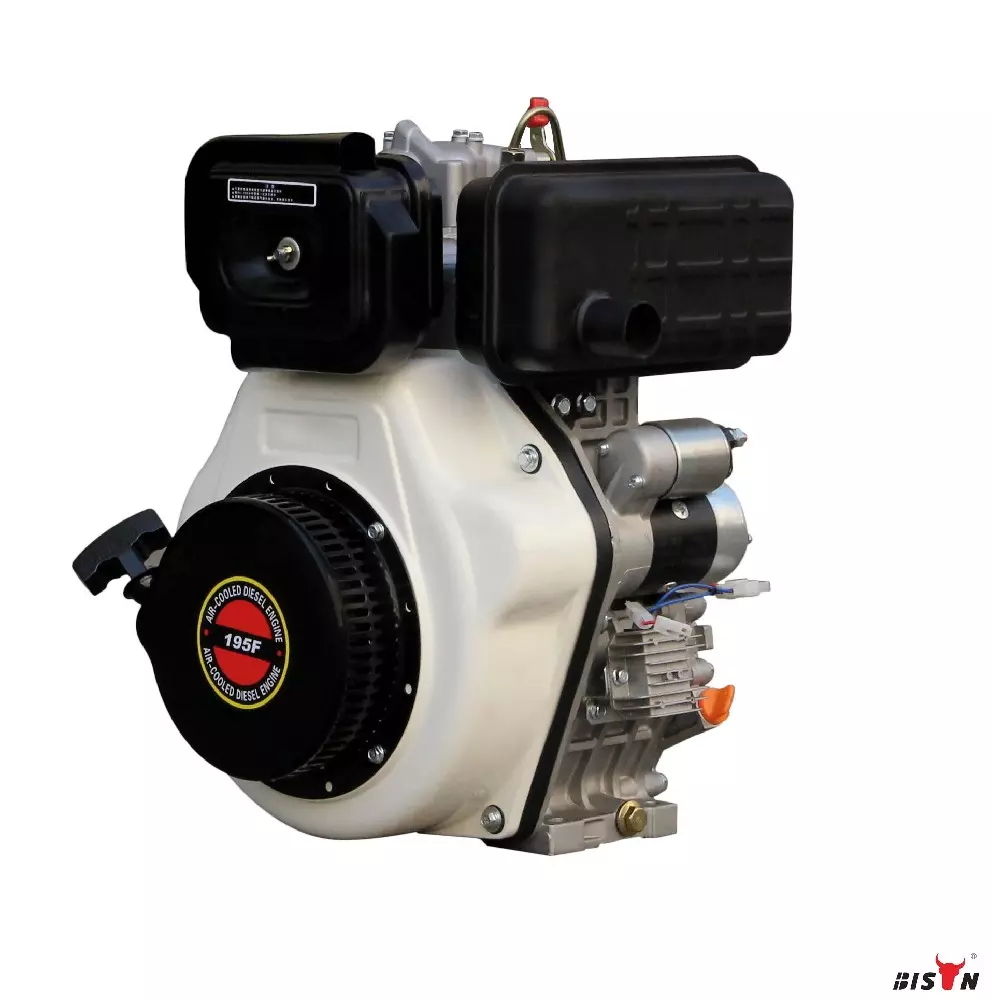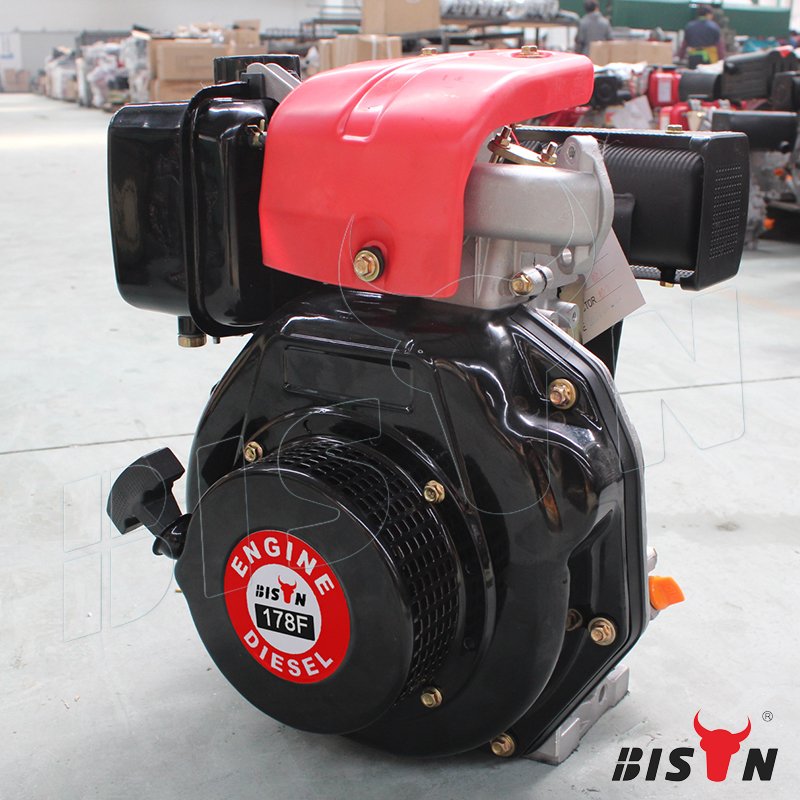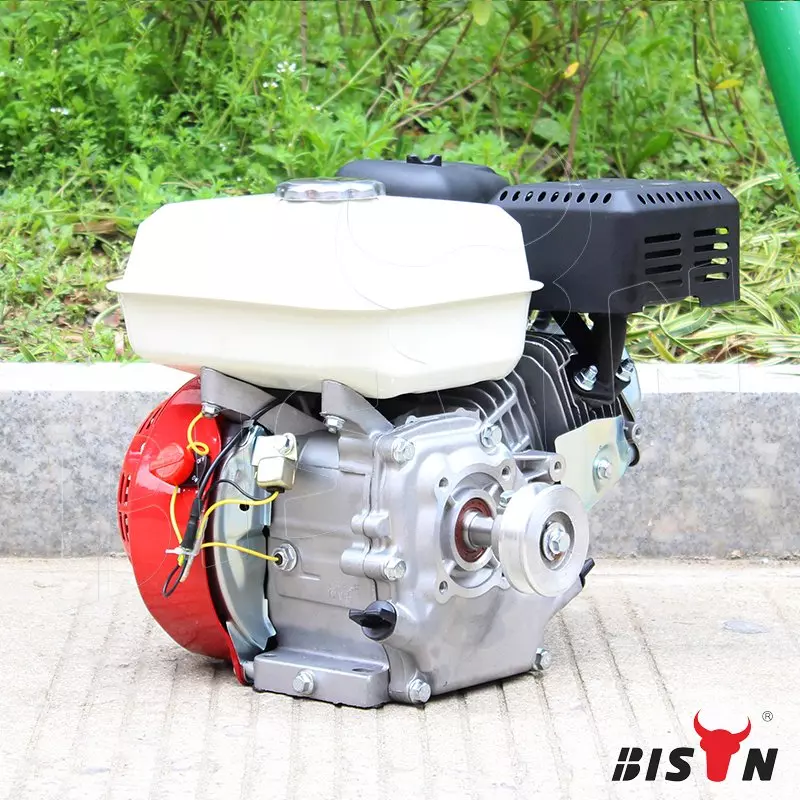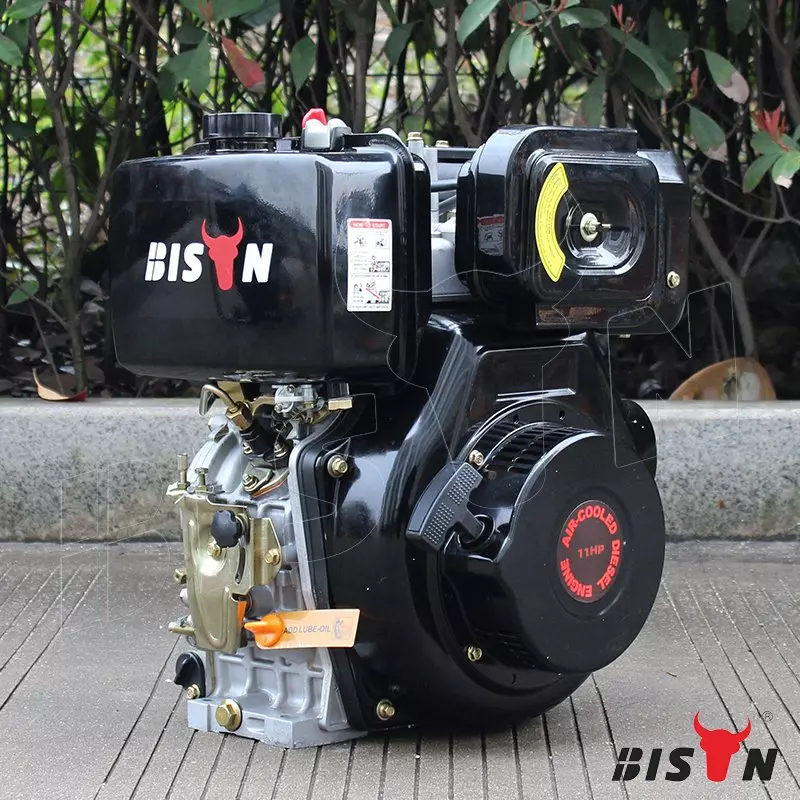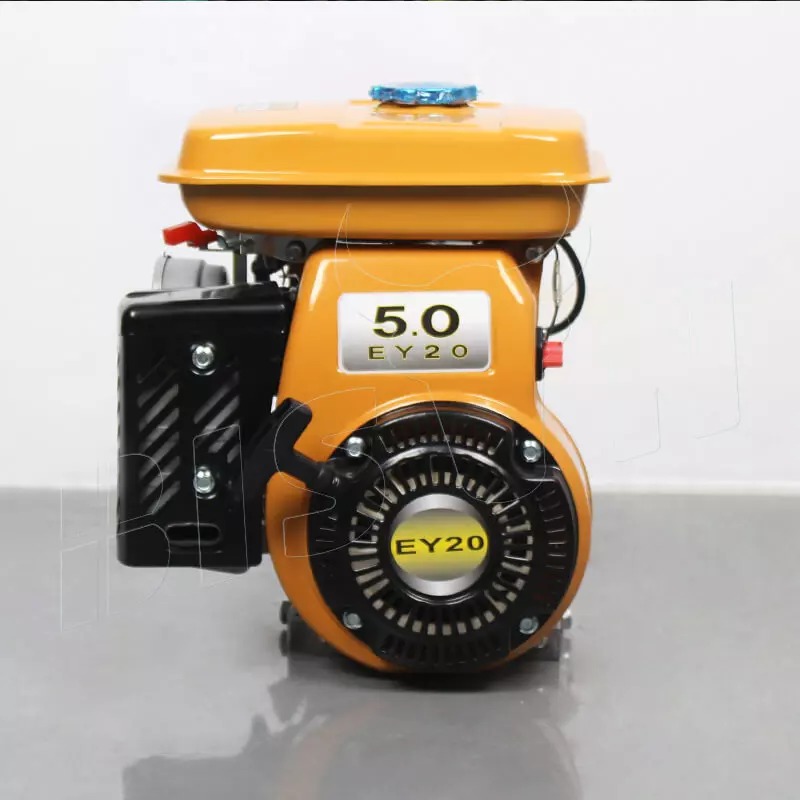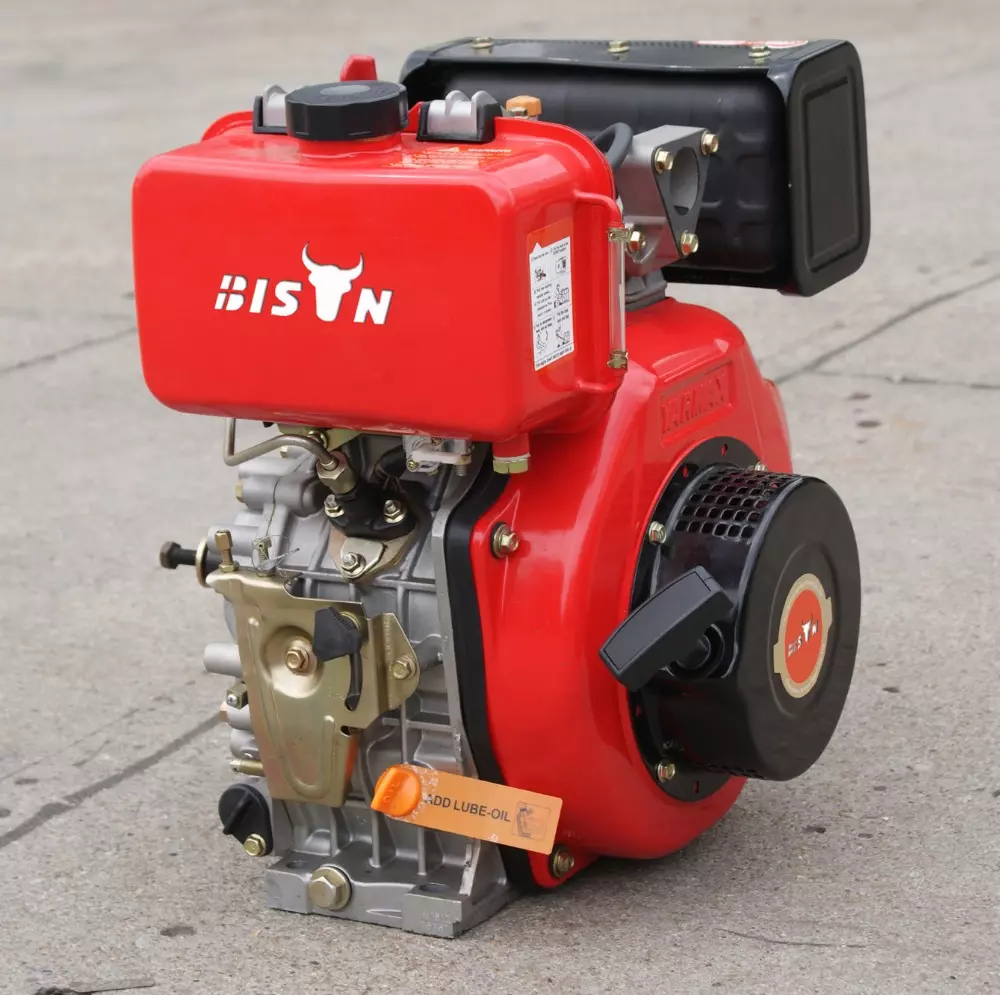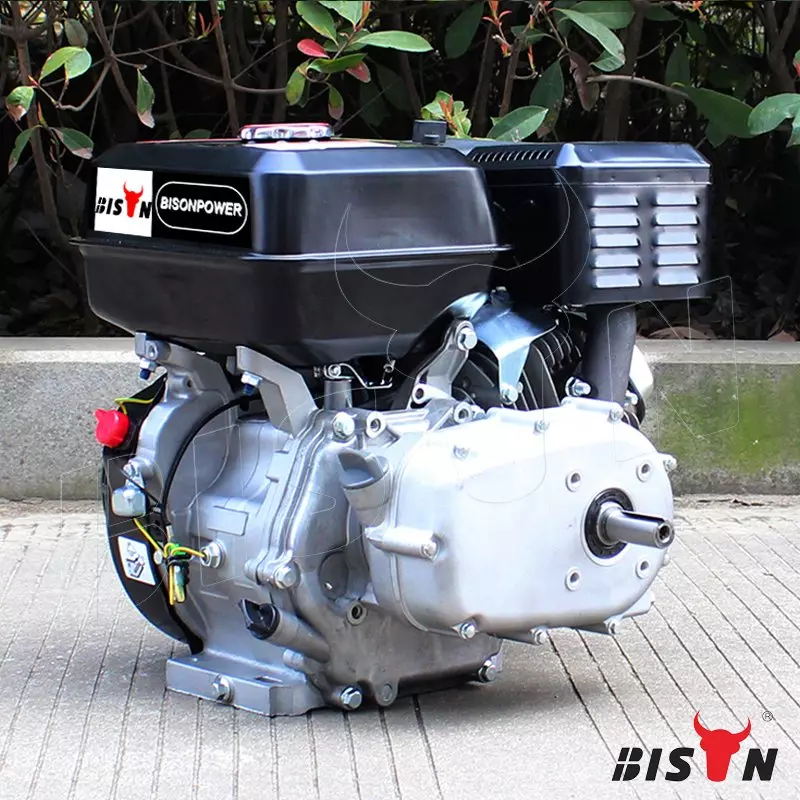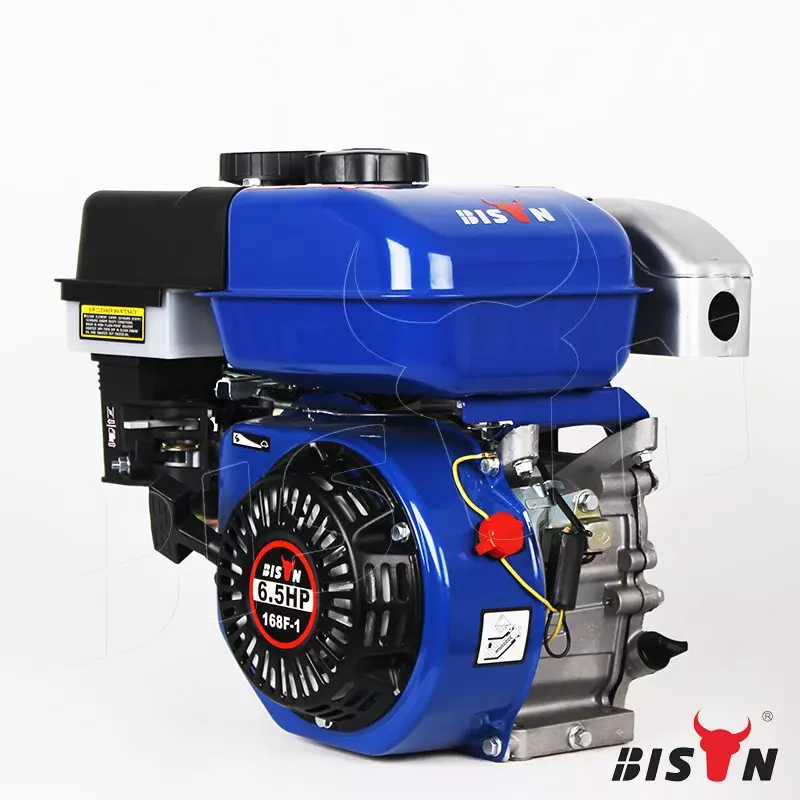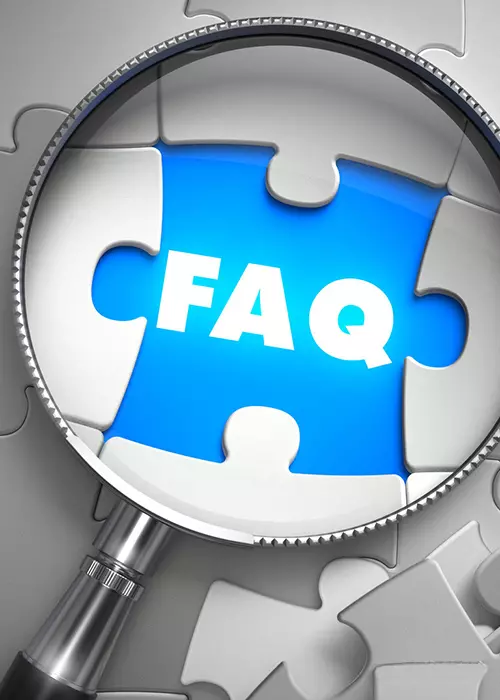Single cylinder small engine is an internal combustion engine with only one cylinder or chamber in which the piston moves for combustion. This is the power source of the engine, and since there is only one piston doing work, single-cylinder engines are mainly used in small machines or tools.
How single-cylinder small engines work?
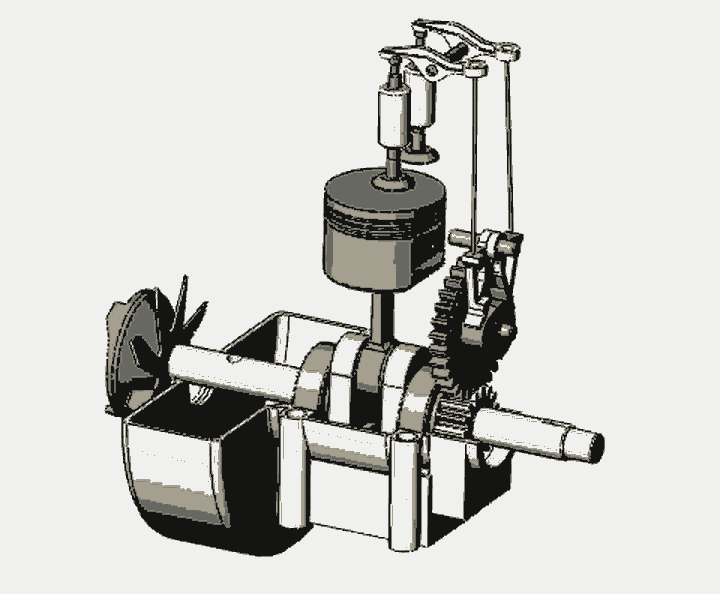
There are two main categories of internal combustion engines, mainly four-stroke engines, and two-stroke engines. These types determine the motion of the piston to complete the power cycle.
A four-stroke engine completes the cycle in four strokes(or two full revolutions), the intake stroke, the compression stroke, the combustion stroke, and the exhaust stroke. Two-stroke engines go through 2 stages or a full revolution to complete a power stroke.
The type of stroke depends on your engine brand and the purpose of the engine. A four-stroke small engine is heavier, which is why it is a common engine category for most vehicles or large machine, while a small two-stroke engine is smaller and is often used in construction or garden equipment.
#1 Intake
As the piston moves down, air fills the cylinder, caused by atmospheric pressure provided by the piston ring seals.
#2 Compression
The piston rises as the cylinder is filled with air to raise the temperature, warming the air. The air is compressed in time to inject fuel through the central fuel injection valve. When hot air and fuel are combined, ignition and combustion are facilitated to convert energy.
#3 Combustion
Ignition causes the piston to move down. Chemical energy is converted into mechanical energy due to the ignited gas. The converted energy is then transmitted through the crankshaft, allowing the unit to operate.
#4 Exhaust
Before the engine goes on a new cycle or before the piston returns to the down position, the used gas is forced out of the exhaust port to refill the cylinder with clean air.
Advantages of single-cylinder small engines
Cost-effective: Single-cylinder small engines are less expensive to manufacture. Because fewer components are required, and the engine's overall weight is low. The cost advantage of a single-cylinder small engine is significant.
Better torque and low-end performance: Due to its larger bore and stroke, the single-cylinder small engine produces higher torque at lower revs, making it more suitable for dragging loads and applications that require high torque in the lower rev range.
Fuel efficiency: While there may be exceptions, in general, single-cylinder small engines are more fuel efficient for any given cubic capacity.
Lower maintenance costs: The single-cylinder small engines have a simple structure and a small number of moving parts and are easy to maintain and repair. Parts replacement costs for a single-cylinder small engine are also significantly lower.
Disadvantages of single-cylinder small engine
Not the smoothest: Single-cylinder small engines are prone to vibration. They are not inherently the smoothest-running engine designs.
Lower high-end performance: While single-cylinder small engines produce better torque at low-to-mid revs, their maximum power output is not too good. Nor are they as powerful enough.
Selecting the right single cylinder small engine: key factors and parameters to consider
When purchasing a Single Cylinder Small Engine for your products, consider the following points:
Engine Type: Choose between 2-stroke or 4-stroke engines based on your product requirements. 2-stroke engines are generally lighter and more compact, while 4-stroke engines are more fuel-efficient and produce less pollution.
Power Output: Determine the required power output for your products. The engine should have enough power to efficiently operate your machinery without causing any strain on the engine. Look for engines with power outputs in the range of 3-15 HP (horsepower) to ensure sufficient power for your machinery.
Fuel Efficiency: Look for engines with good fuel efficiency to reduce operational costs and provide longer run times for your products.
Size and Weight: Consider the size and weight of the engine, as it will affect the overall size and weight of your product. Aim for engines with a weight of approximately 15-30 kg (33-66 lbs) and compact dimensions to minimize the impact on your product's overall size and weight.
Durability and Reliability: Choose engines from reputable manufacturers with a proven track record of producing durable and reliable engines. This will ensure a longer lifespan for your products and reduce maintenance costs.
Ease of Maintenance: Look for engines with easily accessible parts and simple maintenance procedures. This will make it easier for your customers to maintain and service their products.
Emissions Compliance: Ensure that the engine meets the necessary emissions standards and regulations for your region. This is not only important for the environment but also for meeting legal requirements.
Noise Level: Consider the noise level of the engine. Select engines with noise levels below 75 dB(A) at full load to minimize disturbance for household use.
Price: Compare the prices of different engines and choose the one that offers the best value for money without compromising on quality and performance.
Warranty and Support: Look for engines with a good warranty and after-sales support. This will provide peace of mind to your customers and ensure that any issues are promptly addressed.
Leading factory of single-cylinder small engines - BISON
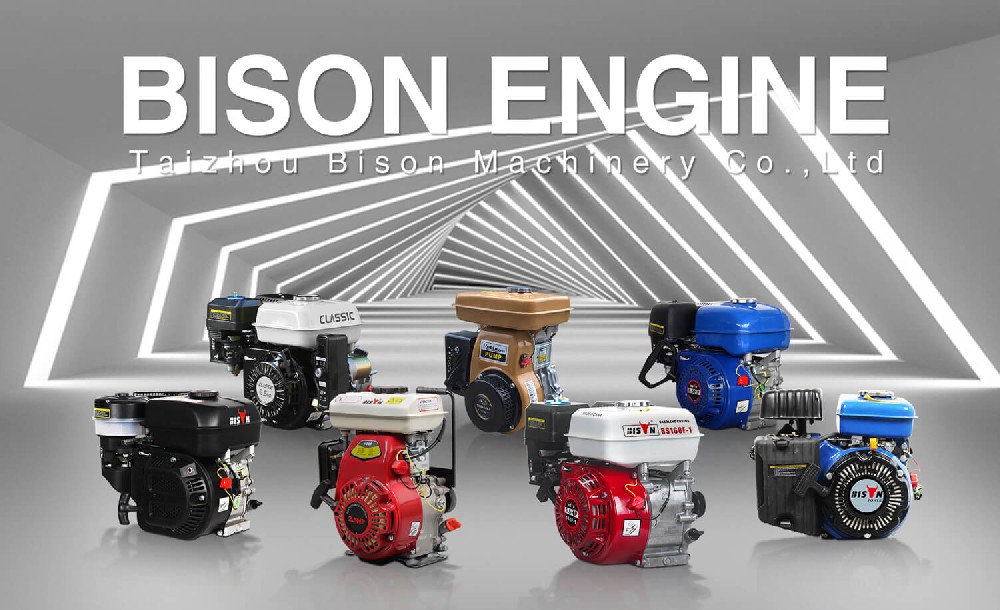
As a leading factory of single-cylinder small engines, BISON pride ourselves on delivering high-quality, reliable engines that cater to a wide range of applications. Our extensive experience in the industry, combined with cutting-edge technology and engineering expertise, enables us to produce engines that offer significant advantages over the competition. These advantages include cost-effectiveness, better torque, fuel efficiency, and loBISONr maintenance costs.
BISON are committed to ensuring that our engines meet the highest standards in terms of performance, durability, and environmental compliance. By choosing our single-cylinder small engines, customers can be confident that they are investing in a product that will not only meet their needs but also provide long-lasting value and satisfaction.

